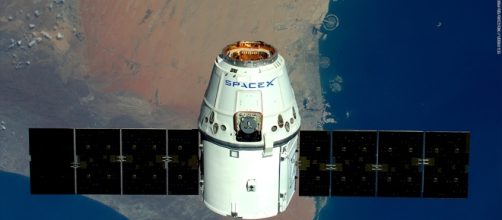Ever since the landing of the first men on the moon was broadcast all over the world in 1969, there was always this underlying dream for space travel pioneers that one day, going up into space like one takes a vacation to a national park, and just as affordable too. As it turns out, it was never going to be that cheap, and trips to space became the near-exclusive reserve of dedicated scientists and such. The past few years, private space companies like SpaceX have formed in an attempt to revive the concept of civilian space tourism in the 21st Century.
With their most recent success in the deployment of their vaunted reusable launch rocket, Elon Musk’s brainchild will now be moving on to their next big project: sending two civilian tourists on a trip around the moon.
Lunar orbit
This Monday, February 27, SpaceX CEO Elon Musk revealed the planned trip by a pair of thrill-seekers that will see them do a lunar slingshot before returning to Earth, a mission scheduled to take place sometime next year. Said “space tourists,” whose names haven’t been disclosed, have already paid his company a significant deposit in preparation for the launch. Speaking of preparations, they too have also begun mandatory fitness tests and spaceflight training mandatory of all civilian space travelers that have accompanied astronauts over the decades.
SpaceX noted in a recent blog post that: "Like the Apollo Astronauts before them, these individuals will travel into space carrying the hopes and dreams of all humankind, driven by the universal human spirit of exploration." In a symbolic gesture, the SpaceX tourists will use the original Apollo missions Launchpad in Cape Canaveral, Florida for their space flight, which will see them as the first humans to go past low Earth orbit – the zone where most Earth satellites and space stations are located – since the Apollo 17 lunar mission in 1972.
Beginning of regular space tourism
If Elon Musk has his way, the two aforementioned space tourists will be the first of many more. In fact, he tells that many other people with ways, means and guts have approached SpaceX inquiring about the planned lunar go-around. The total price for their adventure hasn’t been released, but to compare, civilians who have accompanied Russian astronauts in the past have paid $20 million for their spots in space launches, while NASA has made Russians $80 million a tourist who has gone to the International Space Station. Musk is confident, however, telling reporters that "Next year is going to be a big year for carrying people to the space station and hopefully beyond."

